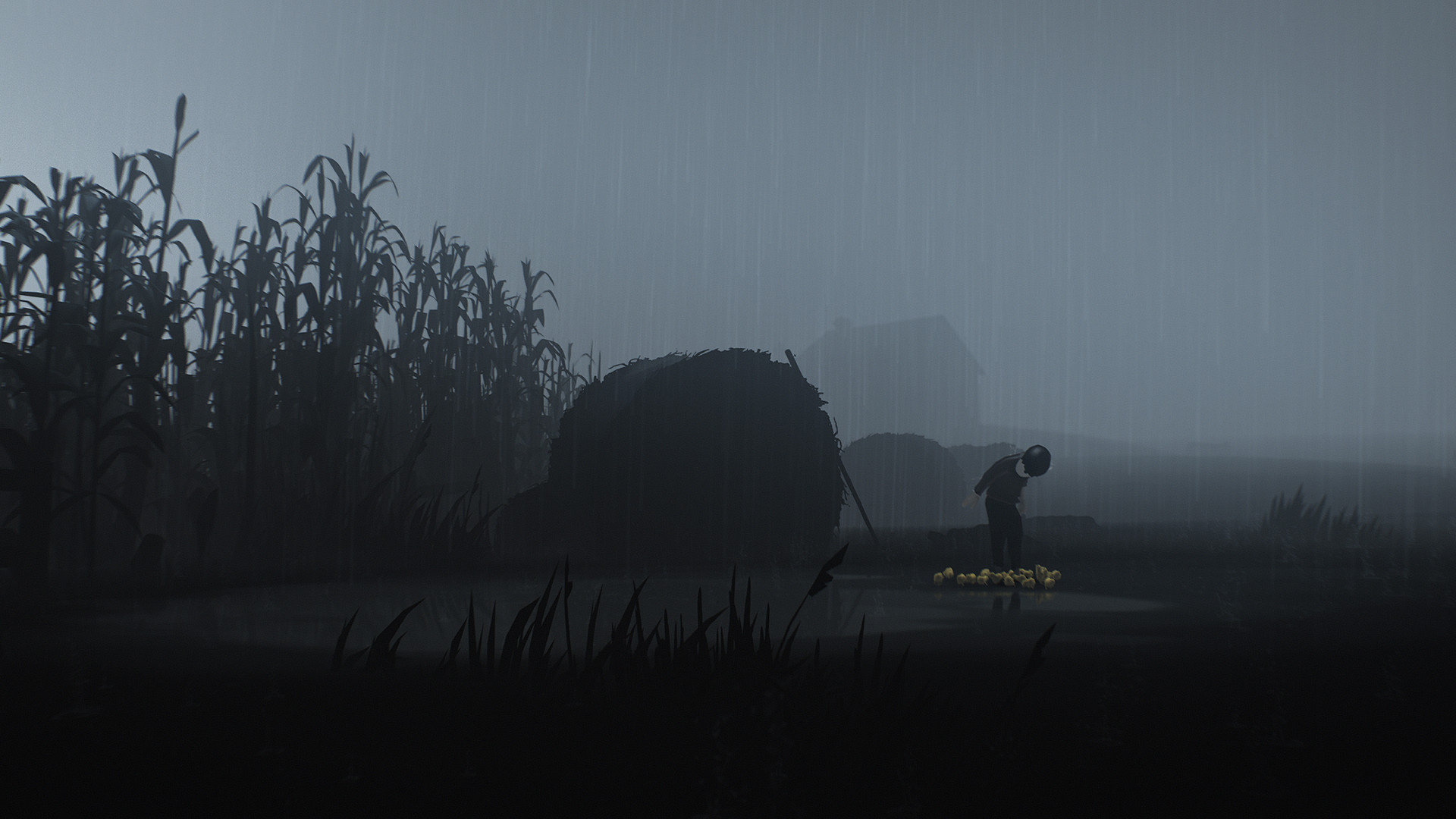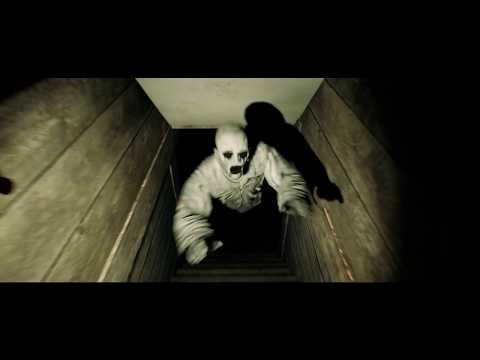- Inside is a 2D puzzle platformer that builds upon what made Limbo great, and in fact, builds something greater.” - 10/10 IGN “Inside expands on the concepts and scope of its predecessor in wildly creative ways, and it's so immaculately designed and constructed from top to bottom that it almost feels suitable for display in an art museum.
- About This Game. LooK INside is an episodic narrative game in 2.5D based on the interactions that the player performs in a book summarizing in pictures and texts the life of a French family at different times and periods in the life of its members. You play Manon, the youngest of.
The cylinder is the power-producing element of the steam engine powering a steam locomotive. The cylinder is made pressure-tight with end covers and a piston; a valve distributes the steam to the ends of the cylinder. Cylinders were cast in iron and later made of steel. The cylinder casting includes other features such as (in the case of the early Rocket locomotive) valve ports and mounting feet.[1] The last big American locomotives incorporated the cylinders as part of huge one-piece steel castings that were the main frame of the locomotive.[2] Renewable wearing surfaces were needed inside the cylinders and provided by cast-iron bushings.
The way the valve controlled the steam entering and leaving the cylinder was known as steam distribution and shown by the shape of the indicator diagram. What happened to the steam inside the cylinder was assessed separately from what happened in the boiler and how much friction the moving machinery had to cope with. This assessment was known as 'engine performance' or 'cylinder performance'. The cylinder performance, together with the boiler and machinery performance, established the efficiency of the complete locomotive. The pressure of the steam in the cylinder was measured as the piston moved and the power moving the piston was calculated and known as cylinder power. The forces produced in the cylinder moved the train but were also damaging to the structure which held the cylinders in place. Bolted joints came loose, cylinder castings and frames cracked and reduced the availability of the locomotive.

Cylinders may be arranged in several different ways.
INSIDE is a dark, narrative-driven platformer combining intense action with challenging puzzles. It has been critically acclaimed for its moody art style, ambient soundtrack and unsettling atmosphere. Prices Steam Charts Information Packages 7 DLCs 1 Depots 5 Configuration User Cloud Stats Community 15 Screenshots History. Steam Portland is Oregon's largest private men's bathhouse. We are an exclusive club for men only and a membership is required to enter. Built from the ground up in 2003, Steam Portland designed the club for a ergonomic flow and relaxing experience.
Early locomotives[edit]
On early locomotives, such as Puffing Billy, the cylinders were often set vertically and the motion was transmitted through beams, as in a beam engine.
Direct drive[edit]
The next stage, for example Stephenson's Rocket, was to drive the wheels directly from steeply inclined cylinders placed at the back of the locomotive. Direct drive became the standard arrangement, but the cylinders were moved to the front and placed either horizontal or nearly horizontal.
Inside Steamdb
Inside or outside cylinders[edit]
The front-mounted cylinders could be placed either inside (between the frames) or outside. Examples:
- Inside cylinders, Planet locomotive
- Outside cylinders, GNR Stirling 4-2-2
In the 19th and early 20th centuries, inside cylinders were widely used in the UK, but outside cylinders were more common in Continental Europe and the United States. The reason for this difference is unclear.[citation needed] From about 1920, outside cylinders became more common in the UK but many inside-cylinder engines continued to be built.
Inside cylinders give a more stable ride with less yaw or 'nosing' but access for maintenance is more difficult. Some designers used inside cylinders for aesthetic reasons.
Three or four cylinders[edit]
The demand for more power led to the development of engines with three cylinders (two outside and one inside) or four cylinders (two outside and two inside). Examples:
- Three cylinders, SR Class V, LNER Class A4, Merchant Navy class
- Four Cylinders, LMS Princess Royal Class, LMS Coronation Class, GWR Castle Class
Crank angles[edit]
On a two-cylinder engine the cranks, whether inside or outside, are set at 90 degrees. As the cylinders are double-acting (i.e. fed with steam alternately at each end) this gives four impulses per revolution and ensures that there are no dead centres.
On a three-cylinder engine, two arrangements are possible:

- cranks set to give six equally spaced impulses per revolution – the usual arrangement. If the three cylinder axes are parallel, the cranks will be 120 degrees apart, but if the centre cylinder does not drive the leading driving axle, it will probably be inclined (as on most US three-cylinder locomotives and on some of Gresley's three-cylinder locomotives in Great Britain), and the inside crank will be correspondingly shifted from 120 degrees. For a given tractive effort and adhesion factor, a three-cylinder locomotive of this design will be less prone to wheelslip when starting than a 2-cylinder locomotive.
- outside cranks set at 90 degrees, inside crank set at 135 degrees, giving six unequally spaced impulses per revolution. This arrangement was sometimes used on three-cylinder compound locomotives which used the outside (low pressure) cylinders for starting. This will give evenly spaced exhausts when the engine is working compound.
Two arrangements are also possible on a four-cylinder engine:
- all four cranks set at 90 degrees. With this arrangement the cylinders act in pairs, so there are four impulses per revolution, as with a two-cylinder engine. Most four-cylinder engines are of this type. It is cheaper and simpler to use only one set of valve gear on each side of the locomotive and to operate the second cylinder on that side by means of a rocking shaft from the first cylinder's valve spindle since the required valve events at the second cylinder are a mirror image of the first cylinder.
- pairs of cranks set at 90 degrees with the inside pair set at 45 degrees to the outside pair. This gives eight impulses per revolution. It increases weight and complexity, by requiring four sets of valve gear, but gives smoother torque and reduces the risk of slipping. This was relatively unusual in British practice but was used on the SR Lord Nelson class. Such locomotives are easily distinguished by their exhaust beats, which occur at twice the frequency of a normal 2- or 4-cylinder engine.
Valves[edit]
The valve chests or steam chests which contain the slide valves or piston valves may be located in various positions.
Inside cylinders[edit]
If the cylinders are small, the valve chests may be located between the cylinders. For larger cylinders the valve chests are usually on top of the cylinders but, in early locomotives, they were sometimes underneath the cylinders.
Outside cylinders[edit]
Inside Steam Achievements
The valve chests are usually on top of the cylinders but, in older locomotives, the valve chests were sometimes located alongside the cylinders and inserted through slots in the frames. This meant that, while the cylinders were outside, the valves were inside and could be driven by inside valve gear.
Valve gear[edit]
There are many variations in the location of the valve gear. In British practice, inside valve gear is usually of the Stephenson type while outside valve gear is usually of the Walschaerts type. However, this is not a rigid rule and most types of valve gear are capable of being used either inside or outside. Joy valve gear was once popular, e.g. on the LNWR G Class.
Inside cylinders[edit]
On inside-cylinder engines the valve gear is nearly always inside (between the frames), e.g. LMS Fowler Class 3F.
Outside cylinders[edit]
On engines with outside cylinders there are three possible variations:
- Inside valve gear driving inside valves, e.g. NER Class T2
- Inside valve gear driving outside valves through rocking shafts, e.g. GWR 4900 Class
- Outside valve gear driving outside valves, e.g. LSWR N15 Class
Three cylinders[edit]
There are three common variations:
- Three sets of valve gear (two outside, one inside), e.g. LNER Peppercorn Class A2
- Outside valve gear driving the outside valves. Inside valve driven by Gresley conjugated valve gear, e.g. LNER Class A1/A3
- Three sets of inside valve gear (all valves inside), e.g. NER Class T3
Four cylinders[edit]
There are three common variations:
- Four sets of valve gear (two outside, two inside), e.g. SR Lord Nelson Class
- Inside valve gear driving the inside valves directly and the outside valves via rocking shafts, e.g. GWR 4073 Class
- Outside valve gear driving the outside valves directly and the inside valves via rocking shafts, e.g. LMS Princess Coronation Class
Other variations[edit]
There are many other variations, e.g. geared steam locomotives which may have only one cylinder.The only conventional steam locomotive with one cylinder that is known is the Nielson One-Cylinder Locomotive.[3]
See also[edit]
References[edit]
- ^'The Engineering and History of Rocket, a survey report', Michael R Bailey and John P Glithero, National Railway Museum 2000, ISBN1 900747 18 9, Drawing 4.37
- ^1941 Locomotive Cyclopedia of American Practice, Eleventh Edition, Simmons-Boardman Publishing Corporation, p.667
- ^Self, Douglas (27 May 2003). 'The Nielson One-Cylinder Locomotive'. Retrieved 2 December 2010.

MrSteam's Mission
Steam Shower—For Body And Soul
Wellness is not a luxury, it’s a necessity. Gwinstek driver. Yes, steam showers are a wonderful way to relax, but there’s so much more to the story. Read on to discover the dozens of ways that a daily steam shower can make you feel better, healthier and happier and how MrSteam can bring the benefits of a spa quality steam shower into your home with surprising ease.
You only have one life and one body. MrSteam can help you start and end each day feeling your best. Goldcut driver download for windows 10. Get comfortable. Take a deep breath. And prepare to discover the magic of nature’s oldest therapy.
Build Your Steam Shower, Virtually
Renovate with a Steam Shower
Think Outside the Tub. If you’re contemplating a bathroom renovation, it’s the right time to think about installing a steam shower. After all, your new bathroom can do more for you than look good. It can bring a new level of relaxation and wellness to your life every single day. Let us walk you through it.
How Steamtherapy Fits Your Life
Drivers dedicated. Get Inspired. Wondering how a steam shower will fit into your life—and your bathroom? Take a tour of these homes to discover how people with homes of all shapes and sizes have easily incorporated MrSteam into their space, simply and beautifully.
'Alexa, ask MrSteam to start the steam bath.'
MrSteam residential steam shower systems now work with Amazon Alexa when SteamLinx is installed. You can “talk” to your steam shower through Alexa. Ask questions, get helpful answers or give basic commands on settings and functions.
Dreaming of Steam in Your Remodel?
10 Options to Consider before Starting Your Bathroom Remodel for every budget to Refer to our Dream Bathroom Remodel Guide, where you'll find 10 Options to Consider…
Steambathing Made Simple
Simplicity is a virtue
We’re Here To Help
MrSteam's 5‑Star Customer Service
Whether you have a pre-sales question or need some direction on how to solve a particular problem, we encourage you to reach out. We’ve been at this for more than a hundred years, so you’re in good company. We’re always here for you.
EAST COAST: 1-800-76-STEAM (78326)
Inside Steam Sauna
Inside Steam Locomotives
WEST COAST: 1-800-72-STEAM (78326)
Contact Us Form
Inside Steam Game
 Back to Top
Back to Top 